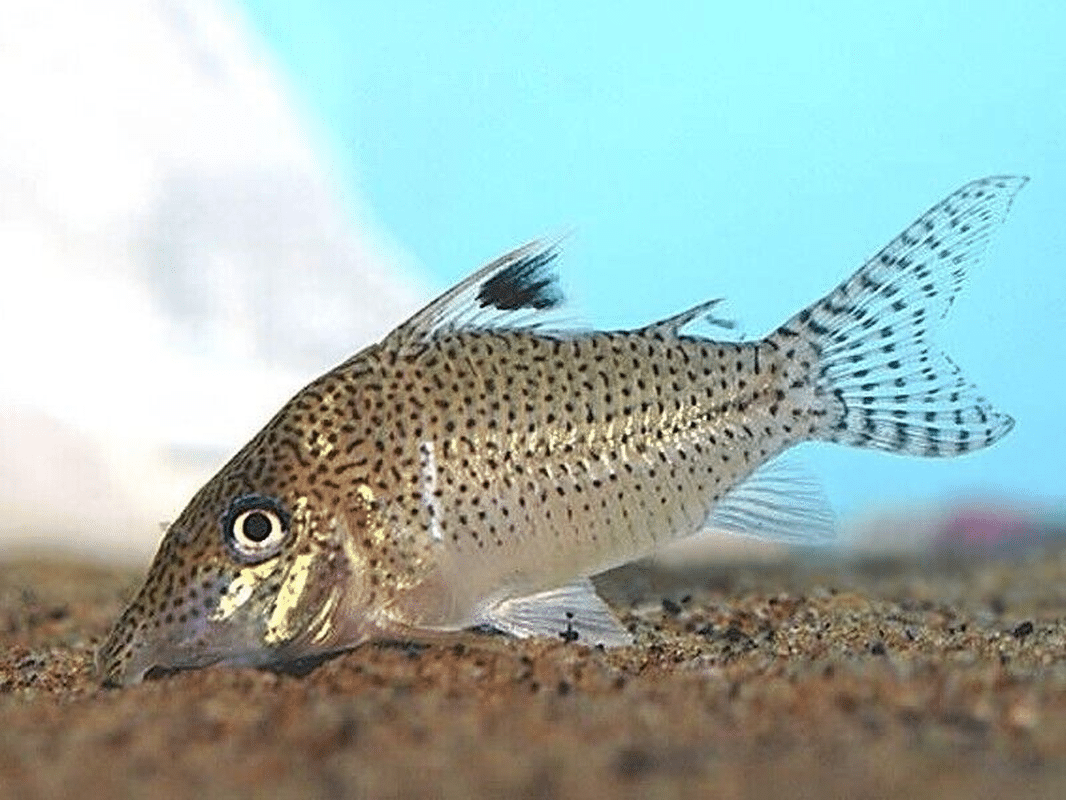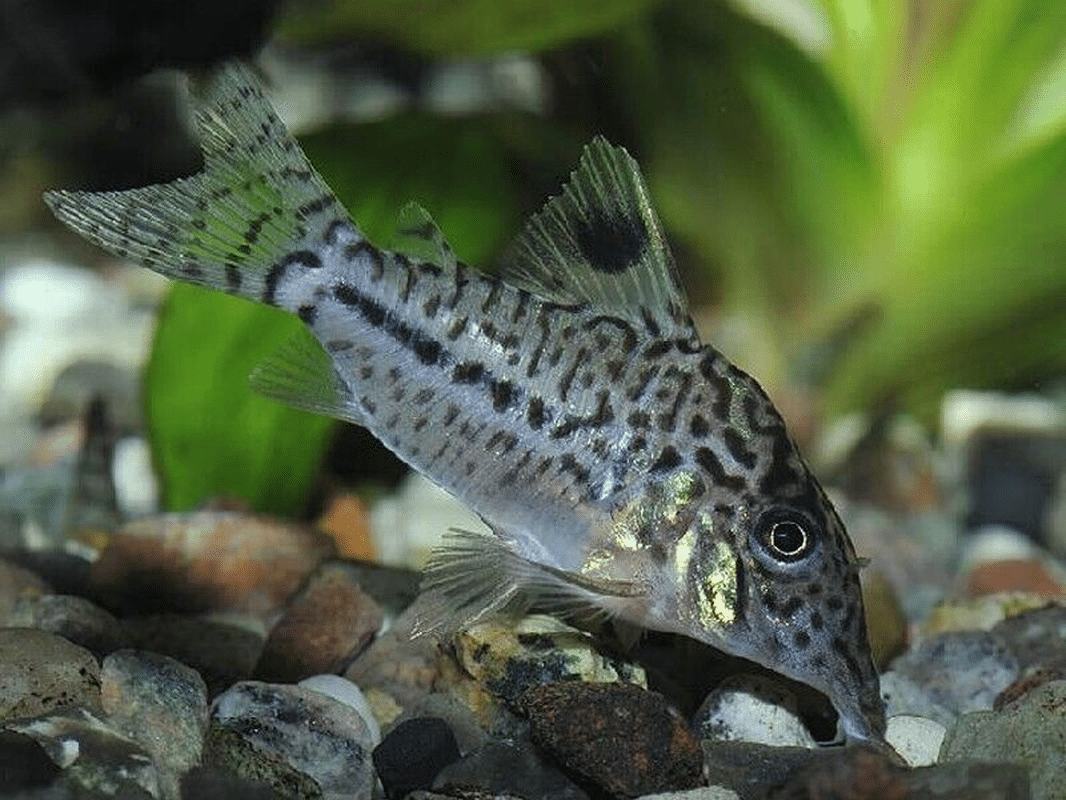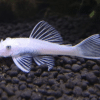To provide the best experiences, we use technologies like cookies to store and/or access device information. Consenting to these technologies will allow us to process data such as browsing behaviour or unique IDs on this site. Not consenting or withdrawing consent, may adversely affect certain features and functions.
The technical storage or access is strictly necessary for the legitimate purpose of enabling the use of a specific service explicitly requested by the subscriber or user, or for the sole purpose of carrying out the transmission of a communication over an electronic communications network.
The technical storage or access is necessary for the legitimate purpose of storing preferences that are not requested by the subscriber or user.
The technical storage or access that is used exclusively for statistical purposes.
The technical storage or access that is used exclusively for anonymous statistical purposes. Without a subpoena, voluntary compliance on the part of your Internet Service Provider, or additional records from a third party, information stored or retrieved for this purpose alone cannot usually be used to identify you.
The technical storage or access is required to create user profiles to send advertising, or to track the user on a website or across several websites for similar marketing purposes.
Assorted Colour Vampire Crab Geosesarma Sp 2-3Cm 2 × £8.71
Golden Eyes Vampire Crab - Geosesarma Sp. - Decapod Crustacean 2 × £8.71


 Assorted Colour Vampire Crab Geosesarma Sp 2-3Cm
Assorted Colour Vampire Crab Geosesarma Sp 2-3Cm  Golden Eyes Vampire Crab - Geosesarma Sp. - Decapod Crustacean
Golden Eyes Vampire Crab - Geosesarma Sp. - Decapod Crustacean 














Emily Carter (verified owner) –
I recently added the Leopard Cory (Corydoras Leopardus) to my tropical fish setup, and I couldn’t be happier! These little catfish are not only charming with their leopard-like patterns, but they also have such a gentle demeanor that makes them perfect for community tanks. After about two weeks of watching them thrive, it’s clear they’re quite social and enjoy foraging together, which warms my heart as a caring fish parent.
I previously kept other corydoras species, but the Leopard Cory stands out with its unique markings and lively behavior. They seem to get along splendidly with my neon tetras and guppies. I’ve noticed they love to sift through the substrate, helping to keep my aquarium clean, which is an added bonus!
Shipping was fast, and they arrived healthy and active, which is always a concern for me. My only minor issue was that they took a day to adjust, but that’s standard with new fish.
I highly recommend the Leopard Cory to anyone looking to enhance their aquarium. They’re especially great for beginners who want to introduce peaceful and beneficial fish into their setups. You won’t regret adding these delightful creatures to your collection!
Mike Thompson (verified owner) –
I recently added a trio of Leopard Corys (Corydoras Leopardus) to my 55-gallon community tank, and I couldn’t be more thrilled with these delightful catfish! After about two months, they’ve truly transformed the environment. Their playful nature and gentle demeanor make them perfect companions for my other tropical fish. I love how they scuttle around the substrate, foraging for food and keeping the tank clean.
These corydoras catfish are known for their peaceful temperament, which has helped maintain harmony in my tank, unlike my previous attempts with more aggressive bottom feeders. Plus, their stunning leopard-like patterns are a feast for the eyes!
If you’re considering adding some catfish to your tank, I wholeheartedly recommend Leopard Corys. They thrive in groups, so don’t skimp on numbers! Just keep an eye on them during feeding times to ensure they get their share—sometimes the more boisterous fish can be a bit greedy. Overall, they arrived healthy and lively, and I can’t wait to watch them grow. My aquarium has never looked better!